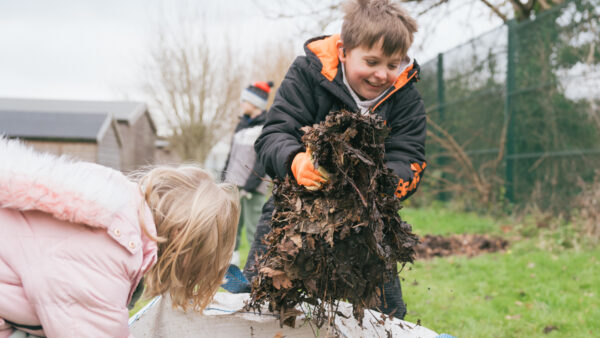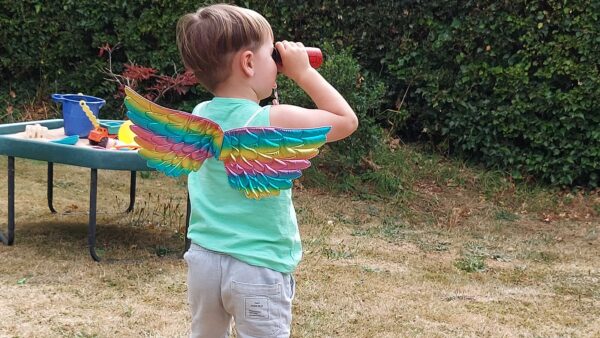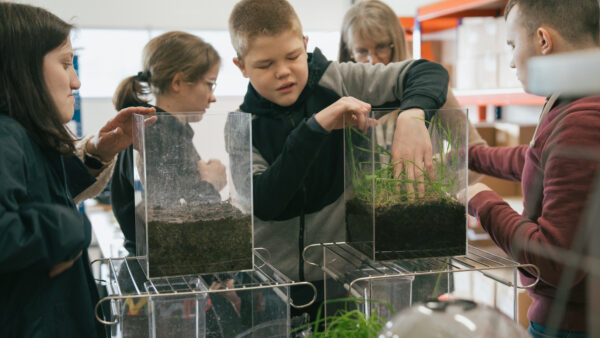Planting hope: How special school students are leading the way on climate action
What if some of the most powerful lessons in climate resilience aren’t happening in university labs or global summits—but in the grounds of special schools.
This is the story of Climate Cooler Schools, part of our groundbreaking Collective Climate Repair project that’s flipping the script on who gets to be involved in saving the planet.
Breaking down barriers with biodiversity
In the first year of Climate Cooler Schools, 400 students—many with learning disabilities or neurodivergent conditions—got their hands dirty in the best way possible. From planting wildflowers to building beaver dams, they’ve already transformed over 300 square metres of school land into biodiverse, climate-friendly habitats.
And along the way, they’ve transformed themselves, too.
“I could do this when I grow up… I’m going to plant things at home!” — Student, wildflower planting activity
These aren’t just garden projects. They’re living laboratories where students learn how nature works with us to cool the planet. And they’re building confidence, knowledge, and emotional connection with a world that can often feel distant or overwhelming.

Water is the answer to climate change
Most climate education starts with doom and ends in data. But here, the entry point is water; tactile, sensory, and relatable.
In one popular demo, students pour ‘rain’ into two containers: one with plants, one without. The difference is dramatic. The water runs off the plant-free bare soil but soaks gently into the planted bed. It’s a powerful “aha!” moment.
“They’re really interested… they even said thank you for teaching me.” — Teacher reflecting on student engagement
These lessons aren’t just memorable—they’re accessible. The use of physical models, inclusive visuals, and symbol-based guides means everyone can participate. And in that inclusivity, something special happens: students who are often excluded from mainstream environmental action are becoming its most engaged ambassadors.
Hands on learning, one step at a time
For many students with complex needs, learning is best when it is done through the senses. That’s why every activity—from mulching raised beds to heat-mapping school grounds—is introduced at their own pace and allows users to participate in a meaningful way that suits them. Giving everyone the time they need to explore and engage.
Whether it’s learning about how beavers make dams in class before building one outside, or choosing a wildflower mix to sow, students are given ownership. And that ownership turns into pride.
“I wasn’t sure if they’d get into it… but they’re doing really well.” — Teacher during a heat-mapping session

Teachers become climate ambassadors
The impact hasn’t stopped with students. Over 100 teachers have taken part in our training on how to teach climate resilience in special education settings. We want teachers to be more inspired, confident and skilled to take climate action. And with downloadable resources, symbol-supported guides, and the launch of the Daniell Award for student achievement, the ripple effects are just beginning.
Climate Cooler Schools shows us something we urgently need to remember: climate action isn’t just for the privileged, the able-bodied, or the already-informed. It is for everyone. People who experience the world differently can offer new perspectives to some of our planet’s biggest challenges. When we remove barriers, we are open to new solutions to climate change and can take a more collective approach.
Sometimes the best way to cool the climate is to hand a student a seed and let them plant their own future.



